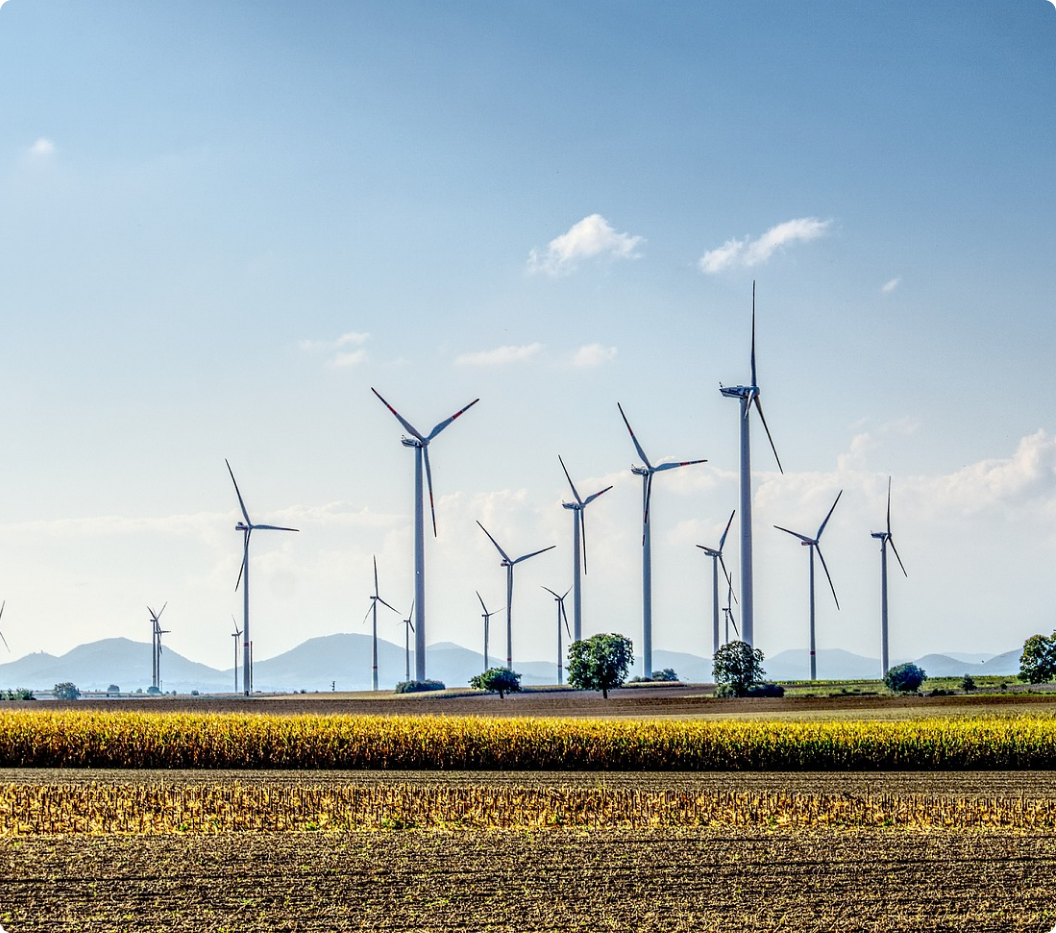
July 2023
What are VERRA and the Verified Carbon Standard?
Verra is a carbon credit registry that manages the Verified Carbon Standard (VCS), the biggest standard in the carbon market based on market share. As a standard, Verra sets rules and requirements for carbon credit projects to ensure that they achieve measurable, high-integrity outcomes. As a carbon credit registry, it keeps a public database of all registered Verra projects and the issued and retired carbon credits.
Verra was founded in 2007 to create greater quality assurance in the voluntary carbon market. Since then it has become the biggest standard in the market with over 2,000 registered projects. In addition to the Verified Carbon Standard, Verra manages other sustainability programs such as Climate, Community & Biodiversity Standards and Plastic Waste Reduction Standards.
What is the Verified Carbon Standard?
The Verified Carbon Standard Program is the carbon credit standard run by Verra. It sets rules for carbon credit projects and their validation and verification. These include definitions for key concepts for carbon credit quality and integrity, such as additionality, permanence, and leakage requirements. The standard also sets methodologies for different project types, such as Renewable energy or Agriculture, forestry, and other land use (AFOLU). These detail the procedures and calculations needed to follow the standard’s requirements for quantifying emission reductions from a project.
The Verified Carbon Standard issued carbon credits are called Verified Carbon Units (VCUs) and each of them represents one metric ton of CO2 reduced or removed. Project owners can sell their VCUs to interested buyers in the carbon market. To date, VCS projects have removed 1.1 billion tons of greenhouse gases from the atmosphere. Information for all VCS projects can be found in the public Verra carbon credit registry.
What carbon credit project types are eligible under the Verified Carbon Standard?
Carbon credits can be generated from multiple different types of project activities, and this may impact the selection of the right standard for each project. The Verified Carbon Standard has divided project types into 16 sectoral scopes. Projects under any of the scopes can qualify for Verra carbon credit issuance, provided that they meet the other set requirements.
The 16 sectoral scopes are:
- Energy (renewable/non-renewable)
- Energy distribution
- Energy demand
- Manufacturing industries
- Chemical industry
- Construction
- Transport
- Mining/Mineral Production
- Metal production
- Fugitive emissions – from fuels (solid, oil, and gas)
- Fugitive emissions – from Industrial gases (halocarbons and sulfur hexafluoride)
- Solvents use
- Waste handling and disposal
- Agriculture, forestry, and other land use (AFOLU)
- Livestock and manure management
- Carbon capture and storage
What is the role of a Validation and Verification Body?
Verified Carbon Standard registered projects must undergo independent auditing by both Verra and qualified third parties, otherwise known as Validation and Verification Bodies (VVBs). VVBs, such as SustainCERT, are approved by Verra based on their expertise in the program and sectoral scope which they audit. During the auditing process, VVBs evaluate projects against the VCS Program rules and methodologies.
Independent auditing is done to check that the projects and applied methodologies are conducted with integrity and high quality. Auditing by a VVB includes checking that the project:
- Meets all the rules and requirements of the VCS.
- Has properly applied its selected methodologies.
- Complies with relevant local regulations.
- Is not causing negative consequences to local stakeholders.
Validation is the first part of the process, taking place before the project is implemented. During validation, a VVB checks whether the project plan meets VCS rules and requirements and approves the project description. After validation, the project can be registered under the VCS and be included in the carbon credit registry.
Verification is conducted after the first project activities have taken place, and regularly as long as the project is active under the VCS. During verification, VVBs make sure that the outcomes that were proposed in the initial project documentation have been achieved in the implementation of the project, leading to real emission reductions. Once the project has been verified, it can be issued carbon credits to sell in the voluntary carbon market.
Looking to get your project verified under the VCS?
SustainCERT is an approved VVB for Verra’s carbon projects.

